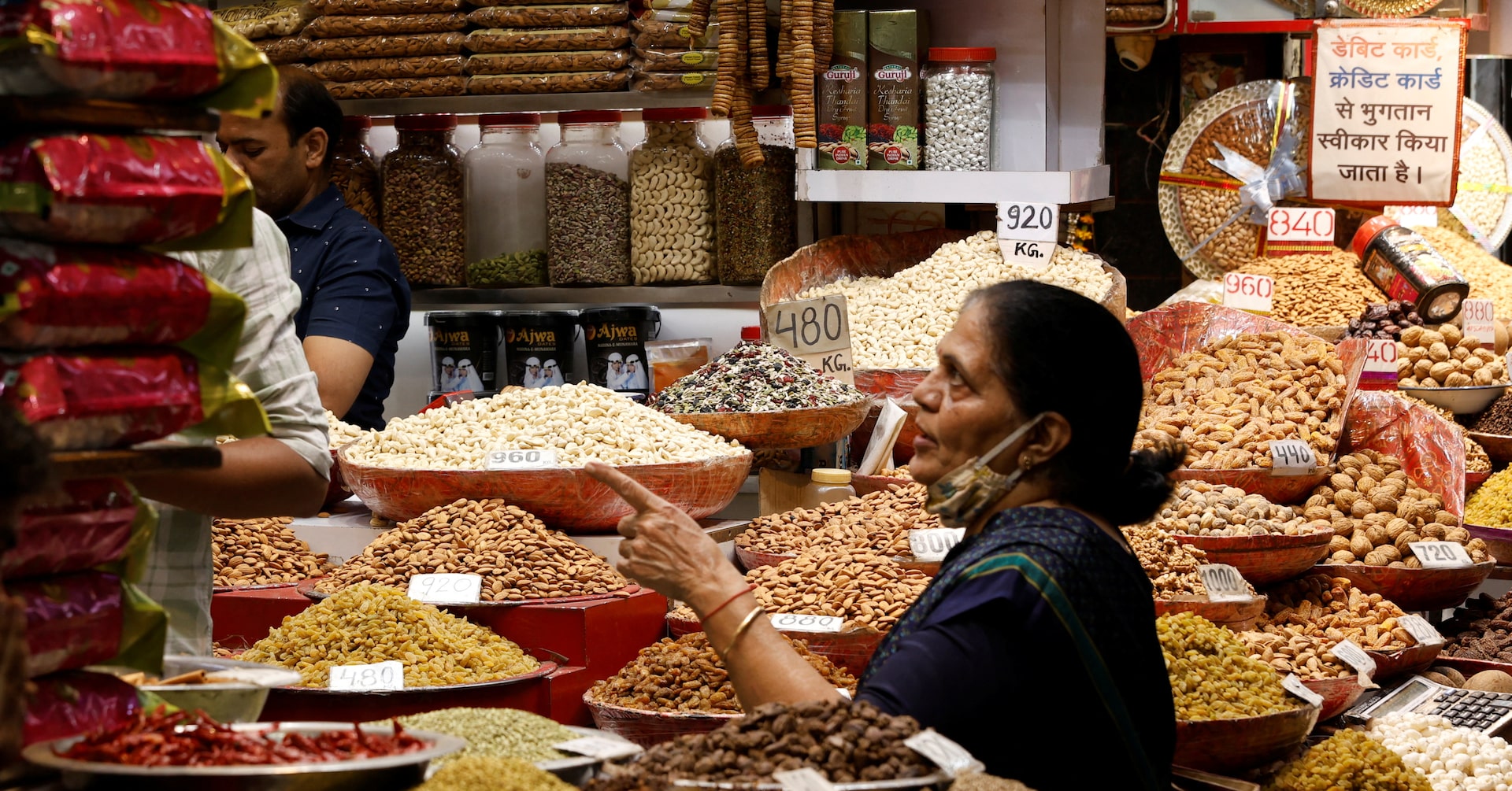MUMBAI, Aug 20 (Reuters) – Members of India’s monetary policy committee highlighted growing concerns over global trade tensions and tariffs as a significant constraint on economic expansion, though they noted the domestic economy continues to show resilience and inflation expectations remain favorable, according to minutes released Wednesday from the August meeting.
The Reserve Bank of India maintained its benchmark repo rate at 5.50% earlier this month, following a cumulative reduction of 100 basis points so far in 2025.
All six members of the committee agreed to uphold a “neutral” policy stance, emphasizing the importance of maintaining flexibility in light of both domestic and international uncertainties.
RBI Governor Sanjay Malhotra stated in the report that the projected 6.5% growth rate reflects a robust performance, though he noted it falls short of the nation’s full potential. He pointed to unpredictable external demand—driven by tariff policies and geopolitical instability—as a primary factor weighing on economic momentum.
India could face tariffs as high as 50% on exports to the United States beginning August 27, after former U.S. President Donald Trump imposed an additional 25% duty earlier in the month, citing India’s ongoing imports of crude oil from Russia.
Malhotra observed that the decline in food inflation since June exceeded expectations, but stressed that the situation regarding trade levies remains fluid. He emphasized that the current neutral policy posture allows room to adapt as conditions evolve.
In July, India’s consumer price inflation reached its lowest point in eight years, driven largely by falling prices for vegetables and pulses, which has negatively impacted agricultural incomes.
Deputy Governor Poonam Gupta noted that the easing in inflation has been narrow in scope, primarily influenced by food categories. She projected that underlying inflation would likely remain above 4% in the near to medium term, unless there is a substantial drop in input costs.
MPC member Ram Singh described the overall CPI forecast for 2025–26 as “very benign,” even as core inflation is expected to stay beyond the target band. He cited sustained activity in construction, trade, and services sectors, while cautioning about persistent uncertainties affecting both price stability and output growth.
External member Nagesh Kumar emphasized that incentives for private investment and urban consumption remain strong, and the favorable inflation environment offers room for policy maneuvering. However, given the unpredictability in trade regulations, he recommended a wait-and-see approach ahead of the October policy review.
Saugata Bhattacharya, another external MPC member, noted that monetary policy must balance multiple, sometimes conflicting, goals and manage the resulting trade-offs. He specifically pointed to the tension between lending and deposit rates as a critical consideration in decision-making.
The central bank targets inflation at 4%, with a permissible range of 2% to 6%. Official GDP growth figures are scheduled for release on August 29.
— news from Reuters
— News Original —
India rate panel says US tariffs key drag on growth, flags benign inflation outlook
MUMBAI, Aug 20 (Reuters) – India ‘s monetary policy committee members flagged evolving risks from global trade tensions and tariffs as a key drag on growth but said the economy remains resilient with the inflation outlook benign, minutes of the August meeting showed on Wednesday. n nThe Reserve Bank of India held its key repo rate steady at 5.50% earlier this month, after cutting rates by 100 basis points so far in 2025. n nSign up here. n nThe six-member Monetary Policy Committee voted unanimously to retain a “neutral” stance, citing the need for flexibility amid domestic and global uncertainties. n n”Growth projected at 6.5% is resilient,” RBI Governor Sanjay Malhotra wrote in the minutes, but added the projection was “certainly lower than what we can achieve.” n nHe warned that uncertainty in external demand, driven by tariffs and geopolitical tensions, remained a major drag on growth. n nIndia faces as much as 50% tariff on exports to the United States starting August 27 after U.S. President Donald Trump imposed an additional 25% tariff earlier in the month citing New Delhi ‘s continued imports of Russian oil. n nMalhotra said the moderation in food inflation since the June meeting was larger than expected, but cautioned that the uncertainties around tariffs were still evolving. He added that the neutral stance would provide the necessary flexibility to respond to changing conditions. n nIndia ‘s retail inflation rate dropped to its lowest level in eight years in July, as falling food prices, especially vegetables and pulses, squeezed farmers ‘ incomes. n nDeputy Governor Poonam Gupta said the moderation in inflation was not broad-based and was primarily driven by food prices falling. “Core inflation is likely to remain above 4% in the near to medium term, barring any major negative shock to input prices,” she wrote. n nMPC member Ram Singh said the average CPI inflation outlook for 2025–26 had become “very benign,” though core inflation was expected to stay above the target range. He flagged sustained growth in construction, trade and services, but warned of high uncertainty on both inflation and growth fronts. n nExternal member Nagesh Kumar said the case for stimulating private investments and urban demand remains strong while the benign inflation outlook also provides policy space. But considering trade policy uncertainties, it is better to wait and watch before looking at any policy decisions at the October meeting, he said. n nExternal member Saugata Bhattacharya said monetary policy has to address multiple, often conflicting, objectives and optimise the consequent trade-offs. He highlighted the trade-off between loan and deposit rates as one of the key considerations. n nThe central bank has a 4% inflation target, with a tolerance band between 2% and 6%. India reports GDP growth data on August 29. n n(This story has been corrected to change to ‘August 29 ‘ from ‘Friday ‘ in paragraph 13) n nReporting by Swati Bhat
